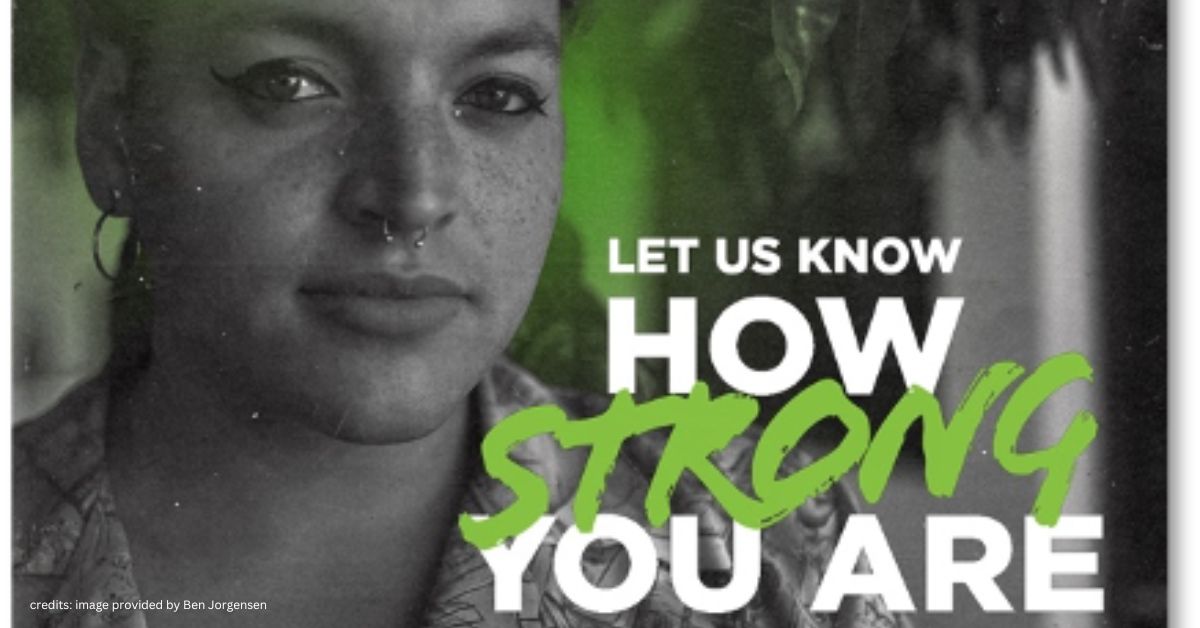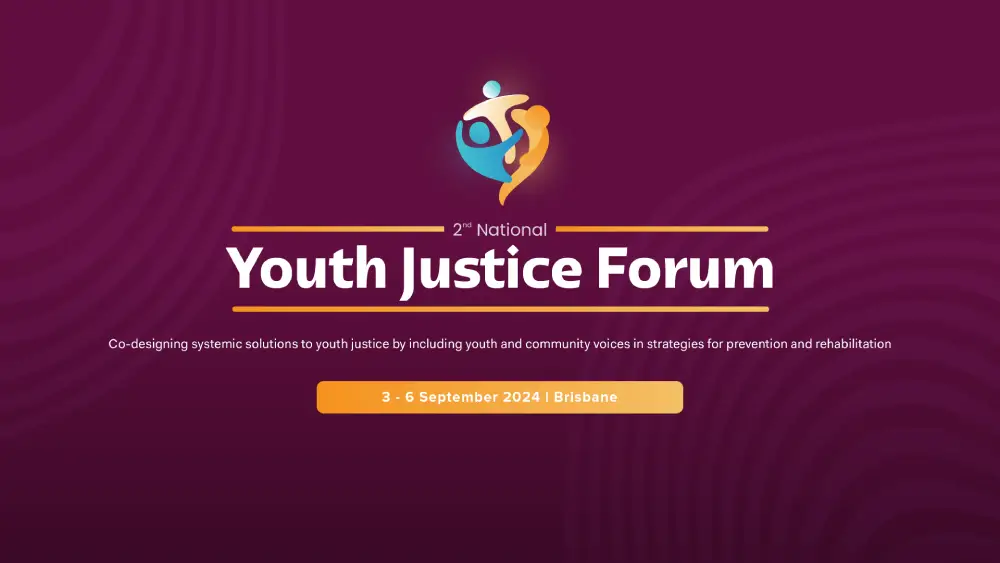However, in the disability sector this figure jumps to somewhere between 85 and 98 per cent. For the first time in this country, under the NDIS, the purchaser and the customer will be the same person – and they can choose to take their funding package elsewhere. This is a fundamental market shift. Achieving financial sustainability under this new funding model is now the single most significant strategic issue for disability providers.
2. Multiple stakeholders often means conflicting goals: Too often the board, senior management, staff, volunteers and corporate partners can have competing aims. I’ve seen great CEOs tearing their hair out as they attempt to keep everybody ‘on board’ the bus. I think it gets back to the fact that people ‘sign up’ to be part of a non-profit organisation for different reasons. Profit is not the guiding principle. For many it’s altruistic, for some it’s because the organisation is seen as part of their ‘family’.
In the disability sector, many organisations were created by small groups of well-meaning, committed parents who then joined the board to ensure that their children would be cared for as they grew to adulthood. These more traditional, community-based charities often struggle to attract and retain the calibre of leadership and decision making they really need for good governance.
Finding your ideal niche lies at the heart of successful strategic planning and long term financial sustainability in this sector.
3. The lack of clear measurement parameters around service delivery and social impacts (efficiencies and effectiveness) create a lack of internal rigour. How do you measure your social impacts? Are your KPIs in place across your entire business plan? Is there an action plan with clear task owners and regular monitoring? (For example: How do you measure customer satisfaction? Is there a feedback loop?)
4. The lack of marketing, fundraising or commercial expertise. This point is the flip-side of point 1 and together they create a distinct lack of cash flow or diversified funding base, again limiting any real option of sustainable, strategic growth. Typically, the symptoms are: weak branding and poor awareness levels, no clear value proposition or messages, weak fundraising and partnership strategies and a change resistant internal culture with little alignment around the organisational vision.
Asking the right questions
The NDIS is the ultimate market disrupter. Disability providers who define themselves merely by what programs they currently deliver will have a very tough time of it in the next few years.
This is the time to be entrepreneurial; to innovate. This means being prepared to respond to, and anticipate, the needs of your clients way beyond your current services and business model.
It gets back to asking the right questions: Is our mission still highly relevant? Where are we uniquely excellent within our region? Who has the greatest need for that service? If our organisation was actively fulfilling its mission, what ‘whole of life’ services should it consider that could leverage our area of excellence? What type of business model is best suited to deliver those services? Do we have innovators to make it happen? What do we need to stop doing?
There are a number of innovative disability organisations such as Fighting Chance, Clickability and Enabled Employment who are already inventing new business models and new services to respond to their market niche. Finding your ideal niche lies at the heart of successful strategic planning and long term financial sustainability in this sector.
This article includes extracts from Fran’s new book, ‘How to Thrive under the NDIS: A Pathway to Sustainability for Service Providers’ available February 2016.
The book includes insights and experiences of 15 disability CEOs and thought-leaders in Australia and the UK.
To order a copy visit the website.


















































































































































